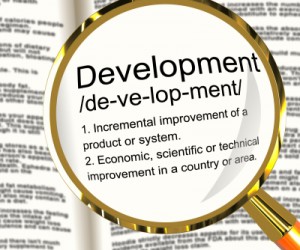|
Zambia’s sound macro-economic policies and political stability have helped create an environment that encourages investment. Foreign direct investment initiatives, however, often fail due to low levels of infrastructure development, a weak currency and skilled labour shortages in the recipient country. One of Africa’s biggest challenges is its infrastructure deficit, which slows down growth and development of the continent. Infrastructure constraints make inter-regional trade very expensive as supply chain management and freight logistics become challenging. Africa requires more roads, railways, ports and bridges to optimise its natural resource extraction, guaranteeing stability of inter-regional trade and, ultimately, improving the socio-economic state of its countries through job creation. Zambia is no exception, with current road and rail infrastructure inadequately supporting the mining and manufacturing sectors. On 13 September 2012, the Zambian government raised $750 million through a Eurobond. Debt, in the form of a bond, allows the government more discretion over how funds will be utilised. Initial indications from the government point toward the funds being utilised for infrastructure development. The country will, however, need to address its power shortages, road and rail transport challenges, as well as social infrastructure deficit, among others. Zambia’s infrastructure needs currently far outweigh that which the Eurobond can achieve, as it needs to spend at least $13.2 billion over the next five years in order to meet its infrastructure deficit.
|
The Eurobond effect
Zambia will require billions to meet infrastructure deficit
December 5th, 2012
comments powered by Disqus










